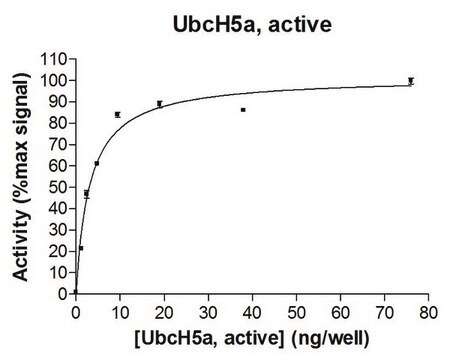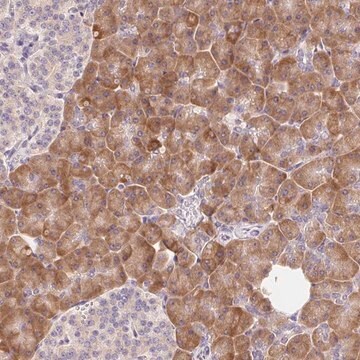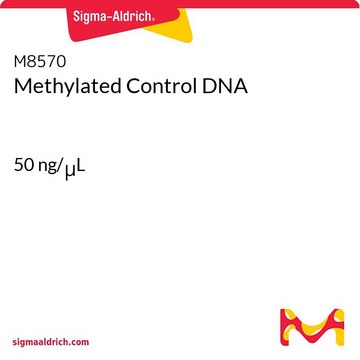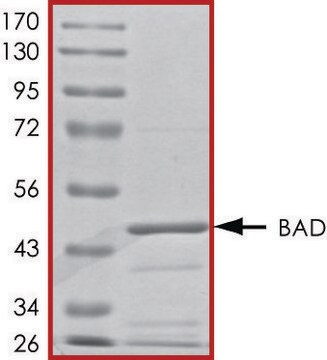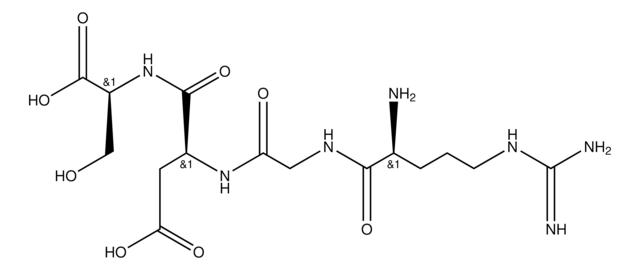SRP0441
UBE3A active human
recombinant, expressed in baculovirus infected Sf9 cells, ≥72% (SDS-PAGE)
Synonym(e):
HPVE6A, ubiquitin protein ligase E3A
About This Item
Empfohlene Produkte
Biologische Quelle
human
Rekombinant
expressed in baculovirus infected Sf9 cells
Assay
≥72% (SDS-PAGE)
Form
aqueous solution
Mol-Gew.
99.8 kDa
Verpackung
pkg of 20 μg
NCBI-Hinterlegungsnummer
UniProt-Hinterlegungsnummer
Versandbedingung
dry ice
Lagertemp.
−70°C
Angaben zum Gen
human ... UBE3A(7337)
Allgemeine Beschreibung
Anwendung
Physikalische Form
Signalwort
Danger
H-Sätze
Gefahreneinstufungen
Eye Irrit. 2 - Repr. 1B - Skin Irrit. 2
Lagerklassenschlüssel
6.1C - Combustible acute toxic Cat.3 / toxic compounds or compounds which causing chronic effects
WGK
WGK 1
Flammpunkt (°F)
Not applicable
Flammpunkt (°C)
Not applicable
Zulassungslistungen
Zulassungslistungen werden hauptsächlich für chemische Produkte erstellt. Für nicht-chemische Produkte können hier nur begrenzte Angaben gemacht werden. Kein Eintrag bedeutet, dass keine der Komponenten gelistet ist. Es liegt in der Verantwortung des Benutzers, die sichere und legale Verwendung des Produkts zu gewährleisten.
EU REACH Annex XVII (Restriction List)
Hier finden Sie alle aktuellen Versionen:
Analysenzertifikate (COA)
Die passende Version wird nicht angezeigt?
Wenn Sie eine bestimmte Version benötigen, können Sie anhand der Lot- oder Chargennummer nach einem spezifischen Zertifikat suchen.
Besitzen Sie dieses Produkt bereits?
In der Dokumentenbibliothek finden Sie die Dokumentation zu den Produkten, die Sie kürzlich erworben haben.
Unser Team von Wissenschaftlern verfügt über Erfahrung in allen Forschungsbereichen einschließlich Life Science, Materialwissenschaften, chemischer Synthese, Chromatographie, Analytik und vielen mehr..
Setzen Sie sich mit dem technischen Dienst in Verbindung.